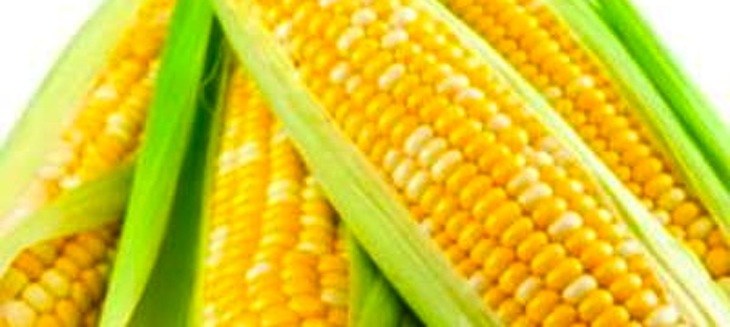Higher grain and corn costs to challenge cattle and poultry industries
by January 18, 2021 3:41 pm 2,043 views

Rising grain prices will challenge the cattle market and chicken processors this year, according to Derrell Peel, livestock marketing specialist with Oklahoma State University, who said grain and oilseed prices have risen dramatically in the past four months.
The weekly cash corn price (Dodge City, Kan.) averaged $3.41 per bushel between January and September 2020. That price jumped above $4 per bushel in mid-October and this month rose to $5.44 per bushel, Peel reports.
He said futures prices are also rising with July corn priced at $5.20 per bushel. He said anyone who feeds corn to animals for food production is paying more than they did this time last year.
“Corn demand comes from many different markets including livestock feed, industrial use (primarily ethanol) and exports. As corn prices rise each market will react to reduce corn use in varying degrees according to the economic claim each demand type makes on corn. With corn as the main driver, other feed-grains and by-product feeds will all generally rise proportionally through market arbitrage,” Peel said.
He said the cattle industry will react to high feed prices somewhat differently than other livestock species.
“Unlike hogs and poultry, where their monogastric biology means that using less feed implies reducing production, the ruminant biology of cattle means that the industry will use less grain by changing how cattle are produced more than by changing production levels. Indeed, the supply of feeder cattle is mostly determined for 2021 and those cattle will go through the feedlot as usual but with a different production system,” he said.
He said as feed costs rise, the feedlots have the flexibility and an incentive to place cattle at heavier weights over light-weight cattle. He said feedlots will buy the heavier cattle when corn prices rise so they can feed less corn and supplement with other forage grains. Peel said this will save significant corn supplies.
When feedlots demand heavier cattle, that negatively impacts the prices of lighter-weight animals. It will cost more to feed the animals and that will mean packers will be asked to pay more for the cattle they slaughter. This can lead to higher beef prices as long as demand stays constant.
While feedlots have some flexibility in how they feed cattle, the poultry industry is directly impacted by rising grain costs as the two main ingredients fed to broilers is corn and soybean meal. While large processors like Tyson Foods will buy forward corn and soybean meal, the company can and will pass higher grain costs along to consumers. That price increase usually has some lag time as the meat giant is feeding corn it sourced last year at lower prices. Tyson has said a 10-cent increase per bushel in the cost of corn or a $10 per ton cost increase of soybean meal translates to about $25 million more in feed costs.
Tyson Foods will report its fiscal first quarter earnings in early February. Tyson has forecast an additional $330 million of expected COVID-19 costs in fiscal 2021 and that will come on top of millions of dollars spent on higher grain costs. Stephens Inc. analyst Ben Bienvenu recently reduced his estimate for Tyson’s adjusted per-share earnings for fiscal 2021 to $5.35 from $5.94.
